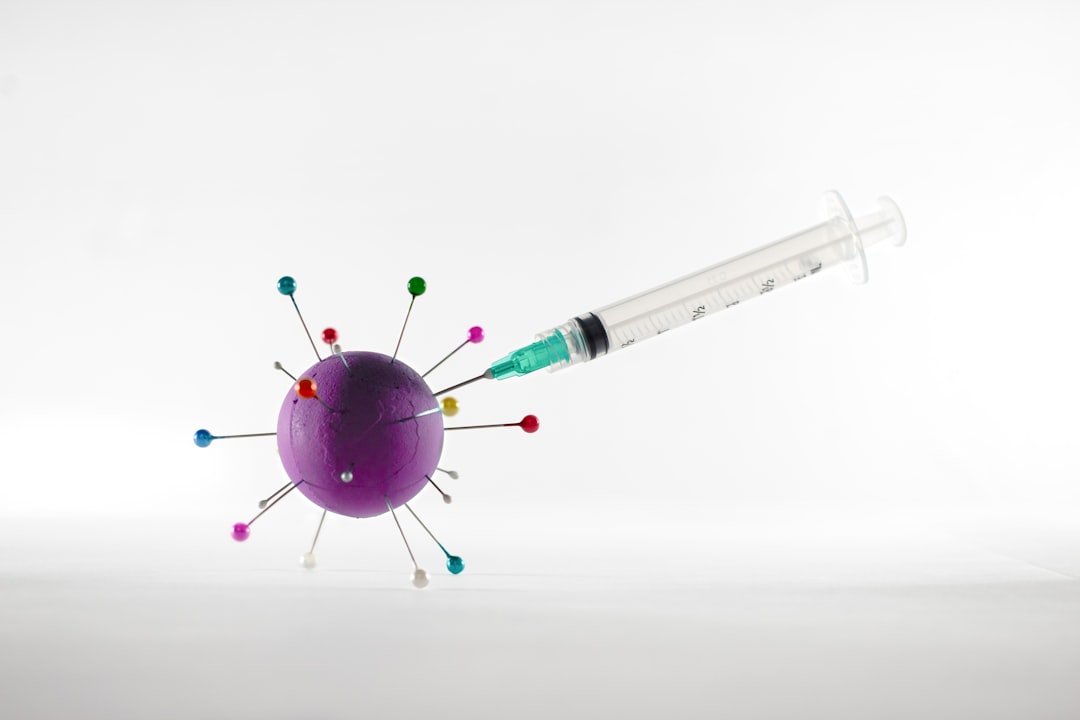What is it about?
Elevated whole blood serotonin (5-HT) was the first biomarker established in autism and is found in approximately 30% of individuals with autism spectrum disorder (ASD). Few studies have examined the presence of a sex difference on elevated whole blood serotonin, also known as hyperserotonemia, within ASD. Serotonin plays an important role in gut function and immune regulation, with potential downstream effects on the brain. To assess whether the rate of hyperserotonemia is different in males than in females with ASD, we measured whole blood 5-HT levels in 292 children and adolescents with ASD, the largest sample in which this biomarker has been assessed. Based upon previous work suggesting that hyperserotonemia is more common prior to puberty, we focused our analysis on the 182 pre-pubertal children with ASD. 42% of pre-pubertal participants were within the hyperserotonemia range. In this population, we found that males were significantly more likely to manifest hyperserotonemia than females. As expected, no significant difference was found in the post-pubertal population. Additional work will be needed to replicate this intriguing finding and to understand whether it could potentially explain differences in patterns of ASD risk between males and females.
Featured Image
Why is it important?
Our findings show that amongst pre-pubertal children with autism spectrum disorder, males were significantly more likely to manifest hyperserotonemia than females. Elevated whole blood serotonin levels may be caused by a common factor or factors that contribute to ASD risk to a larger degree in males than in females.
Read the Original
This page is a summary of: Is there sexual dimorphism of hyperserotonemia in autism spectrum disorder?, Autism Research, April 2017, Wiley,
DOI: 10.1002/aur.1791.
You can read the full text:
Contributors
The following have contributed to this page










